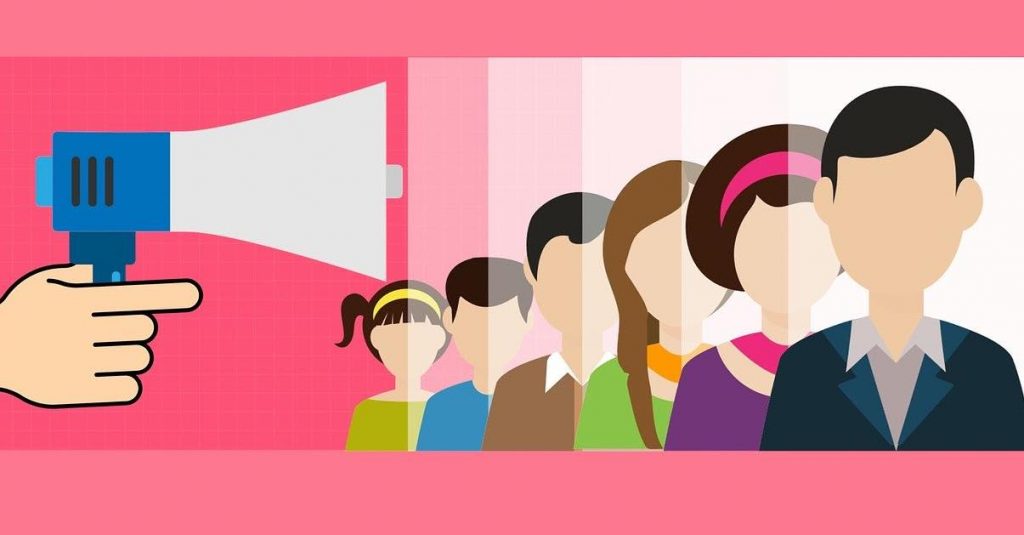 As businesses start to reengage with the public, it will be very important for leaders to have a coronavirus comeback communication plan. Simply saying, “We’re back,” may not be enough for your employees and your customers.
As businesses start to reengage with the public, it will be very important for leaders to have a coronavirus comeback communication plan. Simply saying, “We’re back,” may not be enough for your employees and your customers.
Please understand this advice has nothing to do with healthcare or politics. I’m not an expert in either but have a lifetime of communication experience. And I know good businesses can fail due to poor communication.
For most, we’re entering into a new and unfamiliar world. But you can still prepare. Here are some tips for your coronavirus comeback communication plan:
Invest in Training Your Employees
Take the time to explain to your employees, new guidelines, like social distancing policies. It’s smart to explain both the policies and the reasons behind them because sometimes a policy on its own does not make sense.
Also, employees need to understand how not following the rules may hurt the business. If you tell the world that all employees will be wearing masks and people see an employee without a mask, then your policy could be perceived as worthless.
The infraction may have only lasted a minute but that’s enough time for someone to take a photo and share it with the world. Make sure everyone is demonstrating accountability.
Explain Your Plan to the Public
Some people will be nervous about going out into the world. Reach out to them ahead of time and share your plan for keeping them safe from COVID-19. This can be done through your website, social media, or even flyers.
Let them know the measures you’re taking and how their experience will be different. Remove the fear of the unknown.
For example, the National Park Service shared a photo of an employee disinfecting a public restroom. The Miami Dolphins have released a plan of how fans could enter their stadium, following social distancing guidelines.
Empower people by allowing them to feel confident about your processes. If there are two equal business, then customers will likely support the one that makes them feel safer.
Listen and Fill the Gaps
Pay attention to your customers and listen to any feedback they are providing. If one person has a concern, then other people may have the same issue. You may need to update your communications to address the situation.
You’ll need to try to fill any gaps in understanding. If you don’t, then people may fill them with assumptions and those could hurt your bottom line.
Share positive testimonials and encourage reviewers to mention your efforts to keep them safe.
Your outreach plan will be an ongoing effort. Commit to confidently and repeatedly sharing your new processes.






